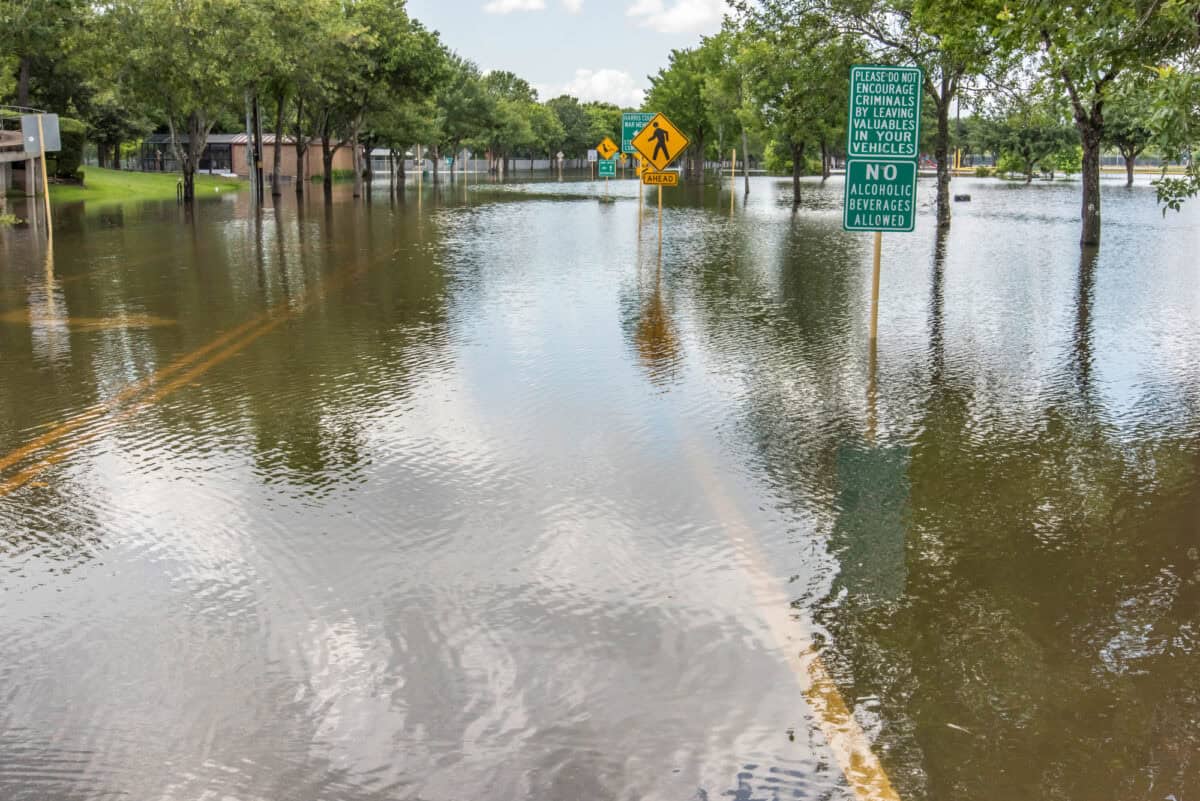
The United States has witnessed some of the most devastating floods in recent history, altering landscapes and leaving lasting scars on communities. Flooding, a natural phenomenon, can occur due to various factors, including heavy rainfall, rapid snowmelt, and the breaching of dams. These events cause massive destruction, leading to the loss of lives, properties, and economic downturns. Through examining past incidents, we can better prepare for future challenges.
The 1927 Great Mississippi Flood
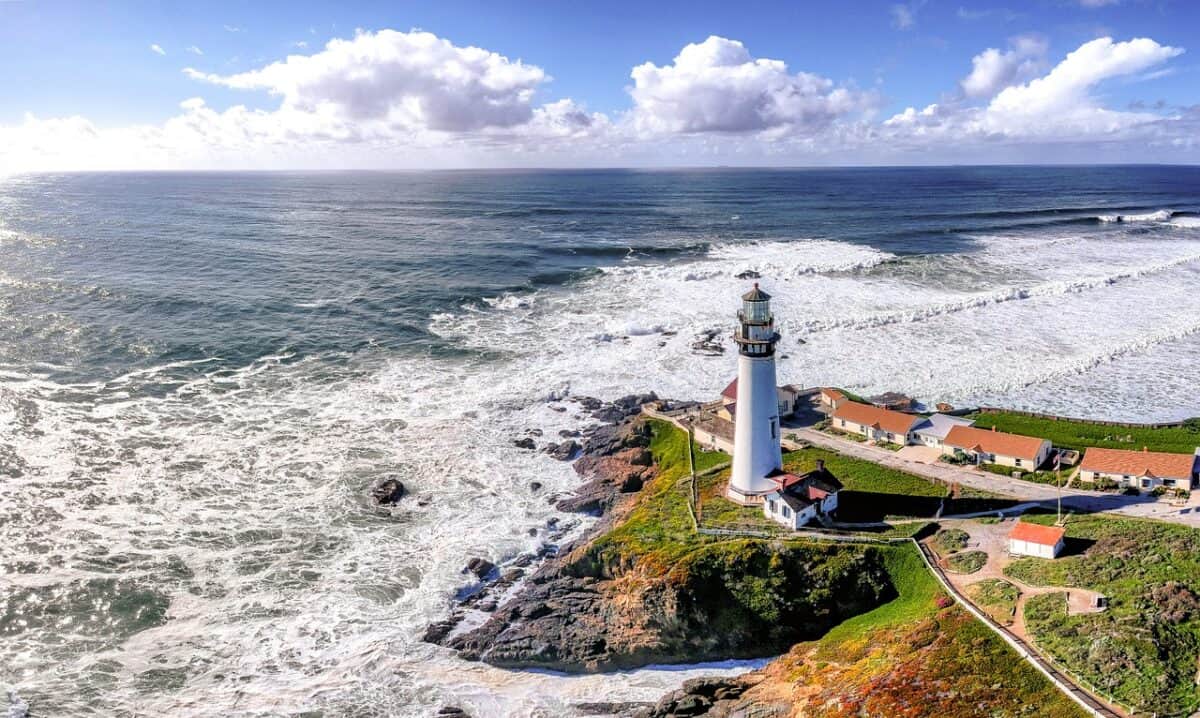
One of the most catastrophic floods in US history occurred in 1927 along the Mississippi River. This deluge affected several states, causing widespread displacement and devastating agricultural losses. Nearly 700,000 people were left homeless, and the floodwaters lingered for months. The disaster highlighted the vulnerabilities in the existing flood control measures, prompting significant changes in infrastructure planning and policy.
Hurricane Katrina and the 2005 New Orleans Flood

Hurricane Katrina hit the Gulf Coast in August 2005, bringing with it catastrophic flooding, particularly in New Orleans. Levee failures compounded the disaster, submerging about 80% of the city. The aftermath revealed significant flaws in urban planning and emergency response, leading to a nationwide call for improved disaster preparedness and infrastructure resilience.
The Johnstown Flood of 1889

Also known as the Great Flood of 1889, the Johnstown Flood was triggered by the failure of the South Fork Dam in Pennsylvania. The resulting deluge destroyed the town of Johnstown, claiming over 2,200 lives. This tragedy underscored the need for stringent inspections and maintenance of man-made structures, influencing future engineering codes and practices.
The Midwest Flood of 1993

The summer of 1993 saw a series of floods across the Midwest, brought on by persistent rainfalls and swollen rivers. The flooding impacted nine states, causing damage estimated at $15 billion. It was a stark reminder of the complex interplay between urban development and flood risk, driving subsequent discussions on effective land use planning and wetland preservation.
The Big Thompson Canyon Flood of 1976
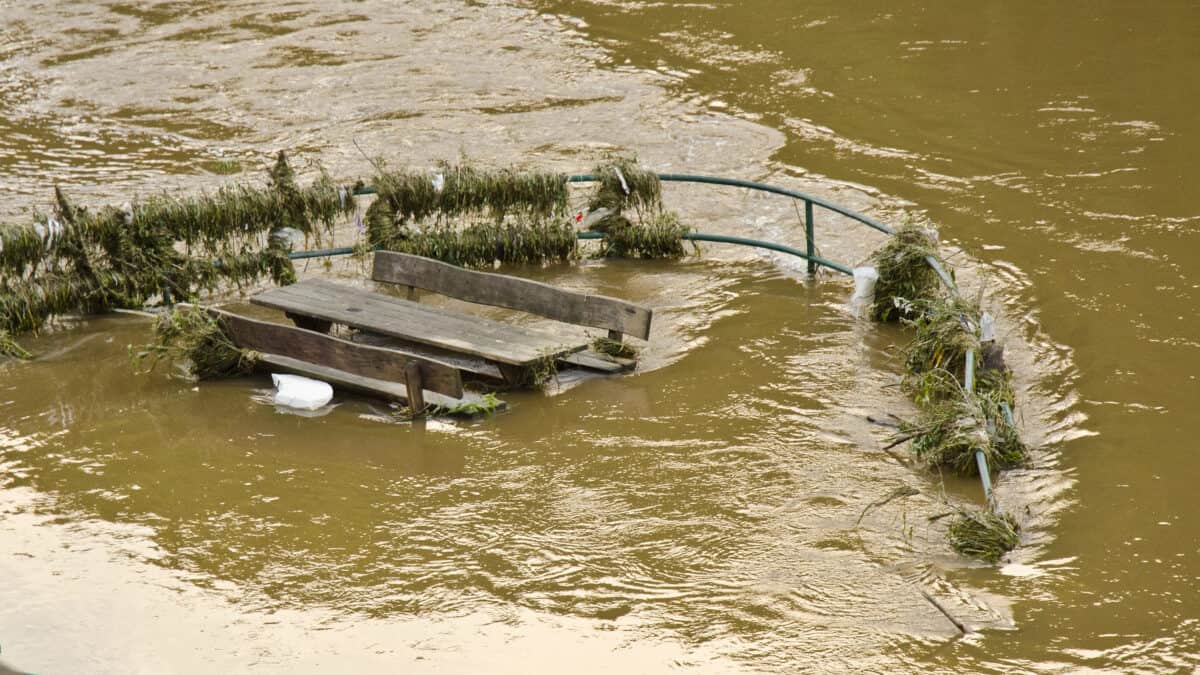
In July 1976, Colorado’s Big Thompson Canyon experienced a flash flood following a severe thunderstorm. The water surged through the canyon with devastating speed and force, resulting in 144 fatalities. This flood led to improvements in weather forecasting technology and public alert systems, emphasizing the importance of early warning systems in averting disaster-related losses.
The San Francisco Bay Area Flood of 1955
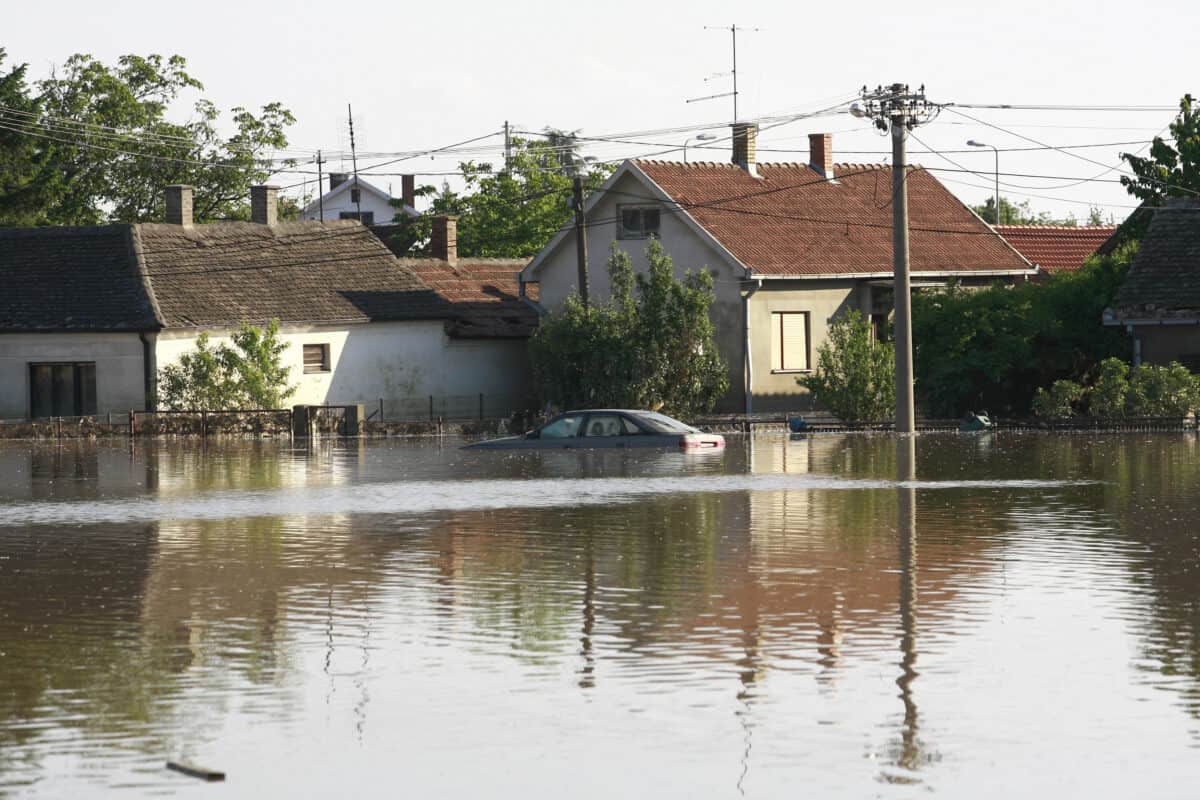
A series of storms in December 1955 caused massive flooding in California’s San Francisco Bay Area. Overflowing rivers and levies led to significant residential and infrastructural damage. The state’s response included enhanced flood management strategies and the implementation of comprehensive emergency preparedness protocols.
The Texas Flood of 1935

The flooding that struck Central Texas in July 1935 was unprecedented in its magnitude and destruction. The deluge resulted from a series of intense storms, and it inundated major cities including Austin and San Antonio. It highlighted the need for an integrated approach to flood control, leading to the development of numerous dams and reservoirs in subsequent years.
Hurricane Harvey and the 2017 Houston Flood

Hurricane Harvey brought unprecedented rainfall to Houston in August 2017, leading to catastrophic flooding. It caused billions in damages and displaced thousands of residents. The event underscored the need for adaptive infrastructure and urban planning targeted at mitigating the impact of climate change and severe weather events.
The Ohio River Flood of 1937
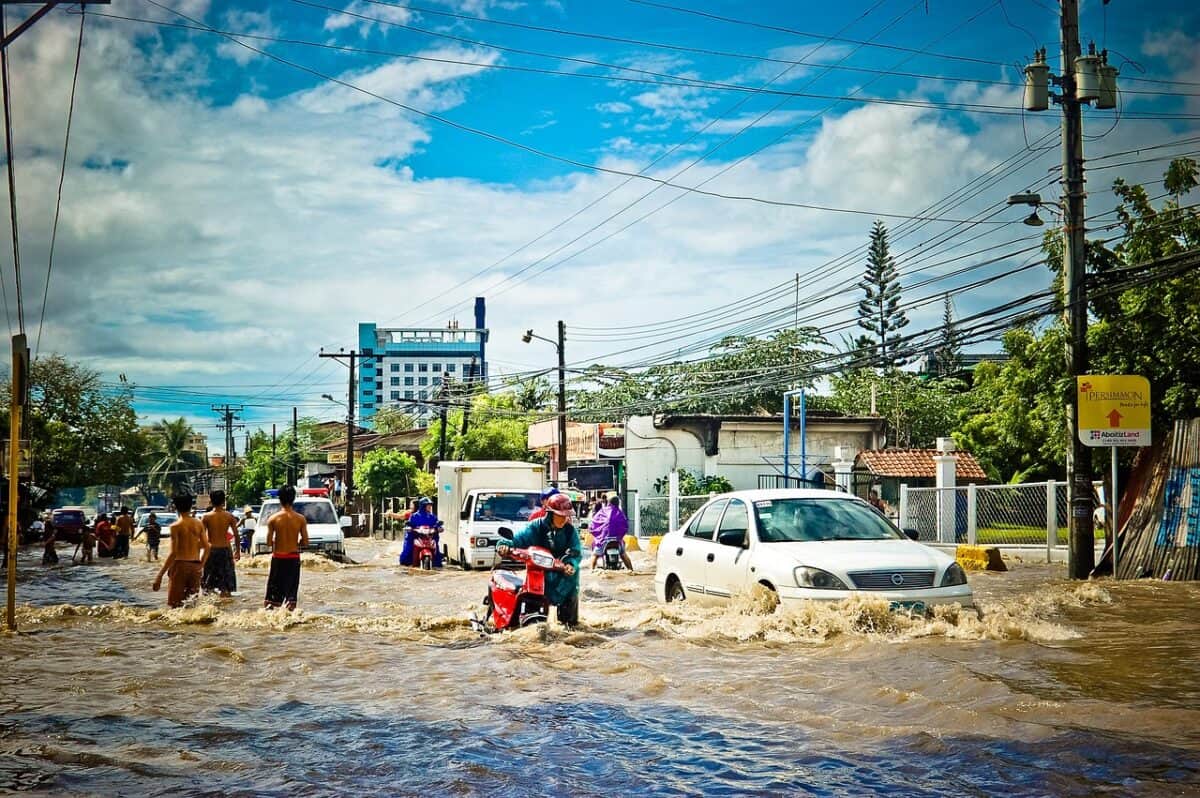
The Ohio River Flood of 1937 remains one of the most widespread disasters in US history, affecting multiple states from Pennsylvania to Illinois. Relentless rain caused the river to swell, impacting numerous communities, disrupting lives, and leading to a re-evaluation of flood management across the river’s course.
The Rapid City Flood of 1972

In June 1972, Rapid City, South Dakota, was overwhelmed by a devastating flood after an intense storm caused Canyon Lake Dam to fail. With over 238 deaths and extensive damage, the flood spurred significant changes in floodplain management policies and highlighted the value of community-led recovery initiatives.
The Importance of Flood Preparedness

History has shown that while floods are a natural part of the environment, their impact can be mitigated through proactive measures. This includes advances in forecasting technology, reinforced infrastructure, and a comprehensive approach to land use and emergency response. Through lessons learned from past events, communities can enhance their resilience, reducing the destruction and loss associated with future floods.
Conclusion: Learning From the Past

Floods have profoundly shaped the landscape and history of the United States. From improving infrastructure to enhancing emergency response, each disaster offers valuable lessons. By understanding the causes and effects of these events, society can better prepare for the challenges ahead, safeguarding lives, and minimizing future devastation.
- The Most Destructive Floods in US History - August 11, 2025
- 12 Animals That Create and Use Their Own Light - August 11, 2025
- 15 Birds With Color Changing Feathers - August 11, 2025

